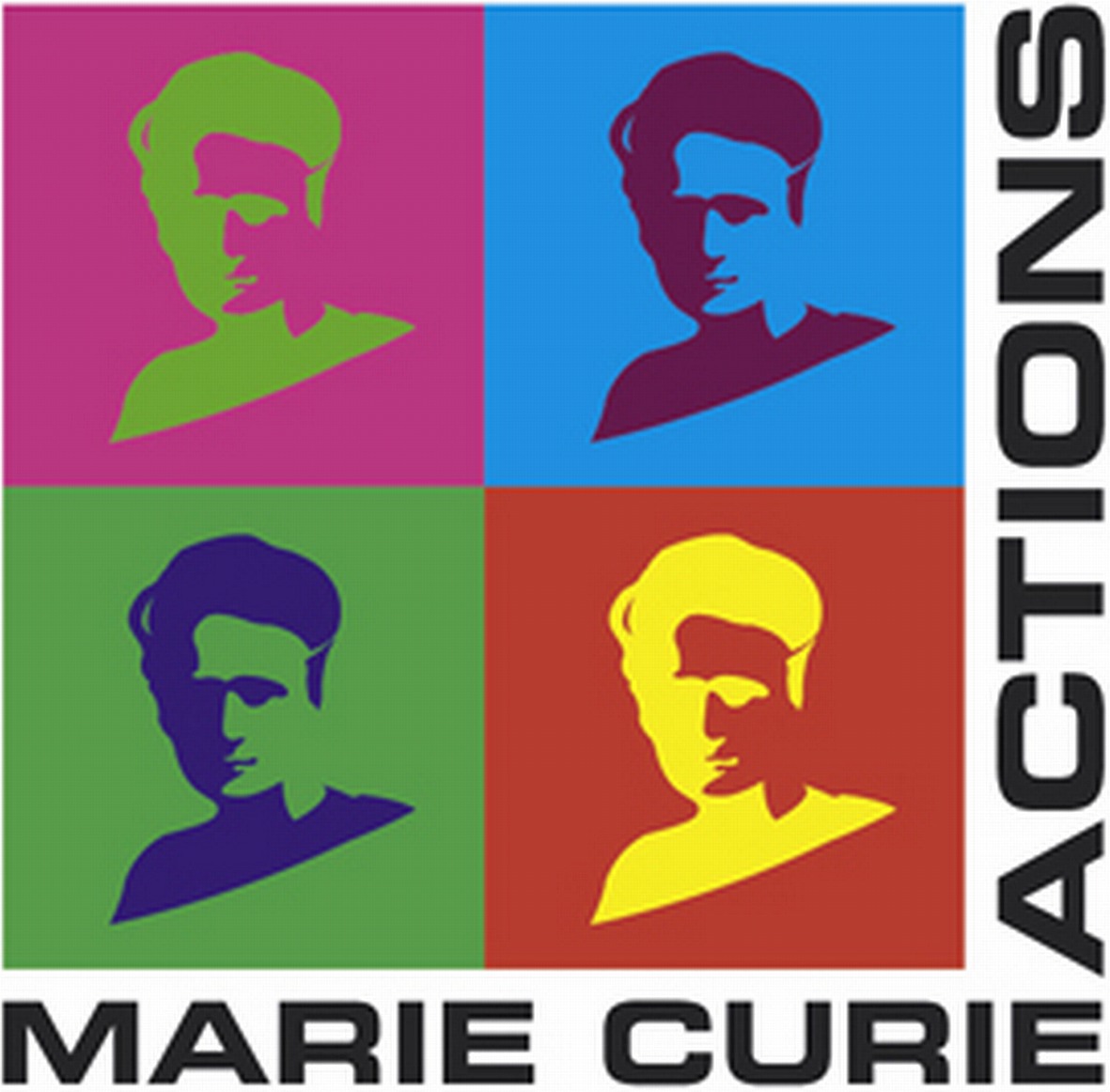Universiteit Utrecht
Project title: Lanthanide-doped fluoride and phosphate nanophosphors
Researcher : Sergiu Anghel
Supervisor name:Prof. Dr. Andries Meijerink, (Prof. Dr. Anja-Verena Mudring until 30.11.2014)
Project description
Objectives:: The development of a fast and reliable method for the synthesis of nanophosphors with very small particle diameters. Gain of fundamental insights into the physics and chemistry of lanthanide ions in the materials.
Tasks and methodology:The synthesis of lanthanide-doped fluoride and phosphate nanophosphors, also using ionic liquids (with active participation of the ionic liquid in the synthesis), will be developed. Water and oxygen-free conditions will be used, such as working under glovebox or Schlenk line. Different synthetic approaches will be used, such as sonication or microwave irradiation.
The obtained nanophosphors will be characterized by a variety of techniques, including PXRD, TEM, EDX and steady state and time-resolved spectroscopies.
Within this project, the development of a fast and reliable method for the synthesis of nanophosphors with very small particle diameters is expected. Furthermore fundamental information about the physics and chemistry of lanthanide ions inside very small fluoride nanoparticles will be obtained using optical spectroscopy techniques, including (time resolved) luminescence spectroscopy at cryogenic temperatures.
Project title: Sensitizers for downconversion
Researcher: Mathijs De Jong
Supervisor name: Prof. Andries Meijerink
Project description
Objectives:The research is aimed at finding efficient downconversion materials for application in solar cells and mercury free fluorescent tubes. Photon splitting, making it possible to realize luminescent materials with 200% quantum yield, has been demonstrated but application is hampered by the lack of a strongly absorbing sensitizer for the downconversion couples. For solar cell applications, the downconversion needs to be realized in a transparent layer on top of the solar cell for which non-scattering, nanocrystalline materials are necessary. The following objectives will be addressed:
Finding a sensitizer for the Pr-Yb and Tb-Yb downconversion couples for solar cells and demonstrating energy transfer from the sensitizer to the Pr3+or Tb3+ ion, followed by downconversion.
Synthesis of nanocrystalline downconversion materials in a transparent matrix for solar cells.
Finding a sensitizer for the Gd-Eu downconversion couple for mercury free fluorescent tubes transferring to the Gd3+ ion followed by downconversion in the Gd-Eu couple.
Realization of downconversion materials with high absorption (above 80%) between 350 and 500 nm (for solar cells) or 140-190 nm (for mercury free fluorescent tubes) and quantum yields above 100%.
Tasks and methodology:Luminescent materials will be synthesized doped with luminescent ions and ions pairs. Downconversion and energy transfer processes will be studied using (time-resolved) luminescence spectroscopy.
Downconversion materials will be synthesized through solid state reactions based on thorough mixing of starting materials, followed by firing in a sealed tube furnace.
Nanocrystalline materials will be made by colloidal synthesis techniques. Thermal decomposition of precursors gives rise to seeds which are growing slowly to a final size controlled by stabilizing ligands and T.
Characterization involves XRD, TEM en UV/VIS absorption spectroscopy.
Luminescence spectroscopy is the core expertise of the UU-group. A series of spectrofluorometers is available with facilities ranging from the vacuum UV (down to 140 nm) to the infrared (up to 3000 nm). In addition, time resolved spectroscopy will be performed using pulsed laser set-ups (ps-ms).
Achievemets:
Project title: Synthesis of nanophosphors from ionic liquids
Researcher: Sebastian Golbert
Supervisor name:Prof. Andries Meijerink from 12/2014 (Prof. Dr. Anja-Verena Mudring until 11/2014)
Project description
Synthesis of lanthanide-based oxide, phosphate, phosphate-halide and fluoride nanophosphors from ionic liquids (with active participation of the ionic liquid in the synthesis)
Developing of a new method for synthesis of the divalent lanthanide-based fluoride and phosphate nanoparticles from ionic liquids (with active participation of the ionic liquid in the synthesis). This method should allow the preservation of the oxidation state of lanthanides during the synthesis processes and even after their incorporation into nanoparticles. Identification and evaluation of obtained nanoparticles by means of the different structural characterisation techniques as PXRD, SEM, TEM will be carried out in order to make a correlation between the synthesis process and structural and optical properties of the nanoparticles. Investigation and interpretation of the optical properties of the nanoparticles will be done by means of steady state and time resolved spectroscopic measurements. The size of nanoparticles obtained by this method is expected to be below 10 nm, which could affect drastically the spectroscopic properties of the divalent lanthanides.
Tasks and methodology:
synthesis and exploration of different task-specific ionic liquids for the manufacturing of fluoride and phosphate nanoparticles.
evaluation of different synthetic approaches such as sonochemistry, microwave reactions and physical vapour deposition.
Structural characterisations(PXRD, SEM and TEM).
Spectroscopic investigations(steady state, time resolved spectroscopy and decay time).
Achievements:
LUMINET meetings :
LUMINET Seminar, 19 July 2014, Wrocław, Poland
LUMINET Autumn Meeting, September 2014, Ausburg, Germany
LUMINET Spring Meeting, 3-6 March 2015, Verona, Italy
LUMINET Autumn Meeting, 25 September 2015, Tartu, Estonia
LUMINET Spring Meeting, 21-22 March, Aveiro, Portugal



